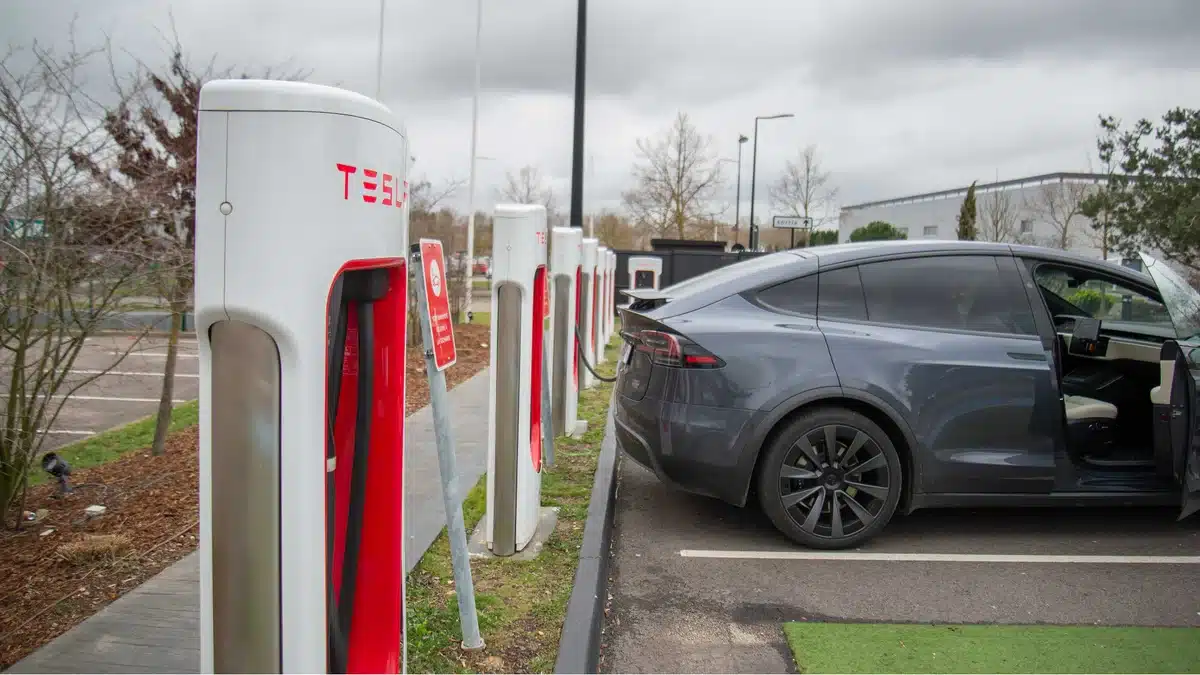A widening ownership gap
According to a recent study, many American drivers keep gasoline cars far longer than electric ones. The average gasoline vehicle remains in a household for roughly 12 to 13 years, while EVs are replaced every three to four years. That split reflects both market dynamics and consumer psychology.
The overall fleet has also grown older, shaped by pandemic-era shortages and high prices. S&P Global notes average ownership around 12.5 years, rising to 13.6 for personal cars, as new-vehicle sales fell to 13.9 million in 2022 from 14.6 million in 2021. Fewer new cars meant more people held on to what they had, reinforcing the trend.
Why gasoline cars linger longer
Gasoline cars benefit from well-understood maintenance, widespread service networks, and stable depreciation that encourages owners to drive them to the end of their economic life. With inflation pressuring household budgets, the cheapest car is often the one already in your driveway.
Modern internal-combustion cars have become reliably durable, and parts remain comparatively affordable across model years. For many families, the math favors retention: defer a new payment, keep insurance steady, and stretch value over multiple years.
Why EVs turn over faster
Electric vehicles churn faster because early buyers tend to have higher incomes and stronger upgrade habits. Rapid improvements in range, charging speed, and software create a technology cycle more like smartphones than traditional autos. As new capabilities arrive, yesterday’s cutting-edge EV can feel dated, nudging owners toward a quicker swap.
A fast-evolving ecosystem also reshapes the used-market equation, with incentives, inventory swings, and brand competition affecting perceived value. Leasing remains popular in the EV segment, naturally shortening replacement intervals.
- Faster technology refreshes make new features and range gains especially compelling
- Federal and local incentives can change total cost-of-ownership quickly
- Over-the-air software and safety updates create continuous upgrade pressure
- Battery health perceptions affect resale, even as warranties offer real protection
- Expanding fast-charging networks shift what “good enough” range looks like over time
“As one industry observer put it, ‘EV shoppers often behave like early adopters in consumer tech, eager to capture tangible improvements every model cycle.’”
The economics behind the split
Price remains a central driver, and it cuts in two directions. Gasoline cars are cheaper to buy and easier to keep on the road, supporting long-term ownership. EVs can be pricier upfront but promise lower running costs and compelling performance and safety tech.
For EV buyers with higher incomes, the cost of switching more often can be easier to absorb. Meanwhile, residual-value uncertainty, evolving incentives, and frequent price cuts by leading brands may encourage earlier exits from leases or loans. That volatility keeps the replacement cycle brisk until the market matures.
Implications for automakers and dealers
Automakers face a two-speed market, with gasoline models optimized for longevity and EVs built for rapid innovation and modularity. Software-driven platforms, battery upgrades, and flexible architectures can smooth the case for quicker refreshes.
Dealers and used-car platforms will need robust EV certification programs and transparent battery health reporting. Clearer data on degradation, charging habits, and warranty coverage should stabilize resale values and lengthen ownership cycles. Accessories, software bundles, and subscription features could further reshape lifecycle economics.
What to watch next
Three developments will determine whether EV ownership cycles stretch closer to gasoline norms. First, falling battery costs and price stability would reduce flip-friendly volatility. Second, widespread, trusted battery health metrics could boost buyer confidence in used EVs. Third, faster, denser charging networks would make older EVs feel more capable for longer periods.
If those conditions materialize, EV replacements could extend from roughly three years toward six or eight, while gasoline cars might drift beyond 13 as reliability and maintenance options stay strong. Until then, expect a durable divide: fuel cars that owners keep, and electric cars that owners trade.
The gap is not just about technology, but about how consumers value progress. When advances are visible and experienced daily—quicker charging, smarter software, better range—the pull toward the new can outweigh the comfort of the known.

